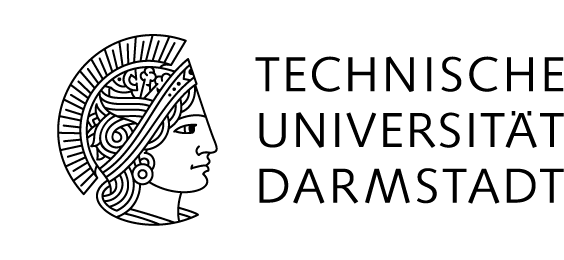Context
A further use of fossil energy sources as oil, gas and coal, that ensured energy supply for mankind in the past, is no longer possible. On the one hand resources are limited, on the other hand the CO2emission may have fatal consequences for the world climate.
Therefore the creation of a sustainable energy generation and supply, from regenerative sources, is overdue.
In future energy management hydrogen (H2) technology could play an important role, in case an efficient production from H2O can be reached. From H2 as a starting point chemical energy can be transformed into carbohydrate fuels in gaseous or liquid state (e.g. methane or methanol), which are easier to handle for mobile use.
To produce hydrogen in great amounts and in an environmentally compatible way, the light-driven splitting of water is a promising strategy. However, the highly complicated electrochemical processes involved have not yet been fully understood.
The artificial systems identified till today do not reach sufficient efficiencies, or are far too expensive for industrial implementation.
Efficient artificial photosynthesis can only be realized by considering a number of elementary processes and tuning them in a rational and feasible way:
- Broadband light absorption
- Optimized charge carrier generation and separation
- Loss-minimized electro catalytic production of H2 and O2 from H2O in separated compartments

